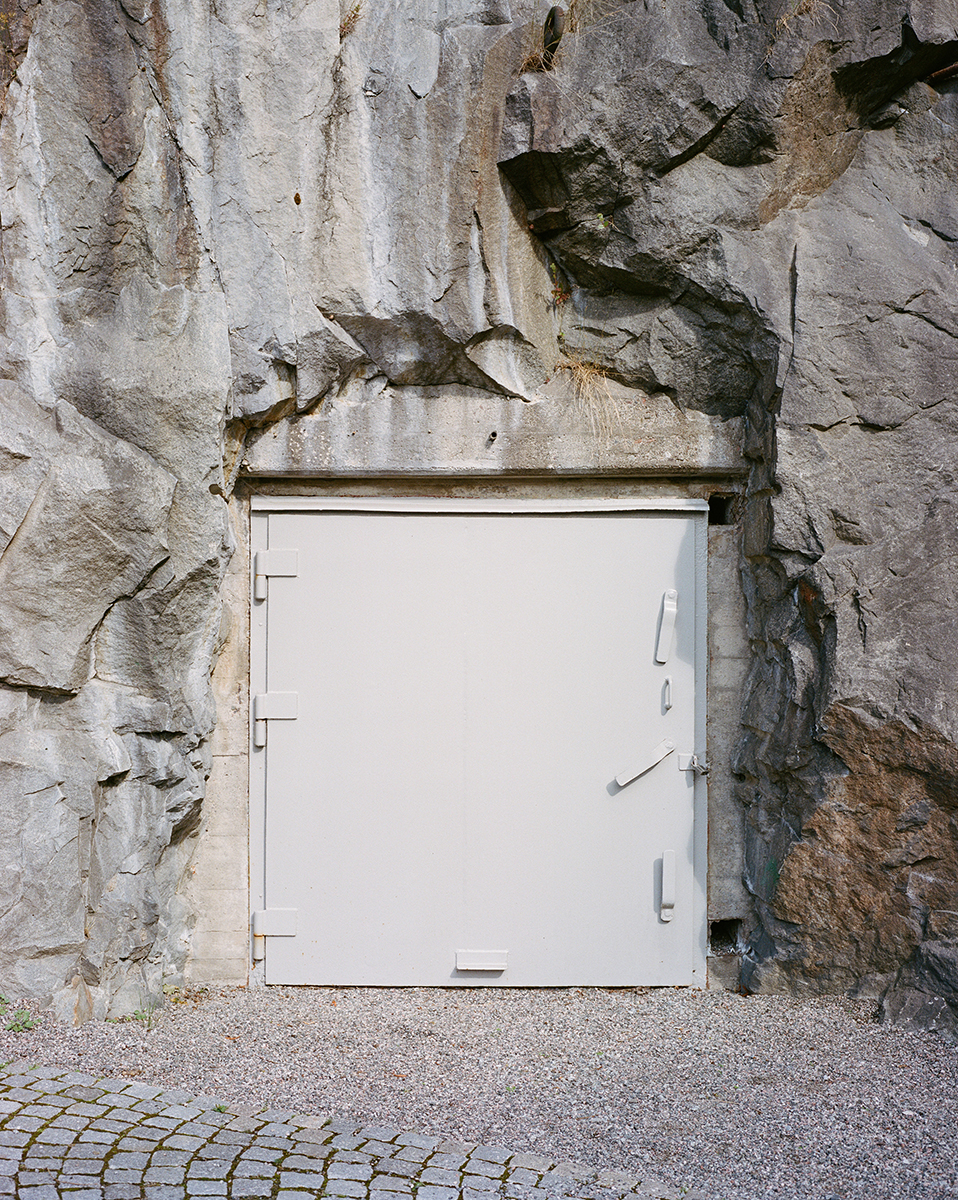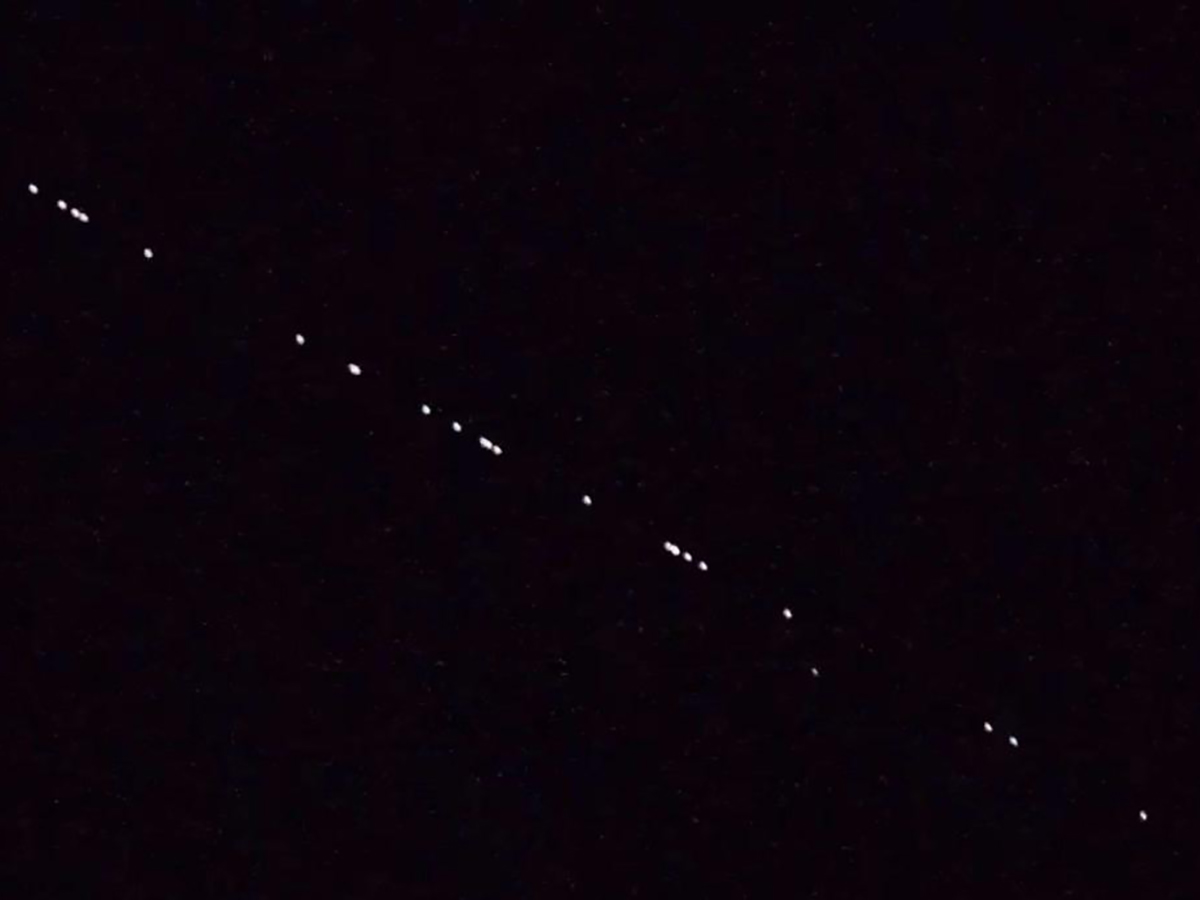What Lies Underneath, What Shines Above
year:
2023
Exhibited at F’AR, Forum of Architecture in Lausanne, Switzerland.
The same summer, only a couple of weeks apart, I was confronted with two apparently opposed realities. After visiting the depth of an iron mine, situated 1,5 kilometers below ground in the Arctic region of Sweden, I observed a strange chain of bright lights in the sky at night, which later revealed to be a swarm of Starlink satellites. Between these distant events – from the depths of the Earth to the lower orbits of space – exists an intricate relationship of entanglement. Just like the black screen in my hand, the very materiality of those satellites and the planetary network they facilitate originated down here. Even though a known fact to me, the iron rich rock bluntly appeared as a clear materialization of the infinite web of provisioning – metals, chemicals, minerals – that characterizes our global system.
As the world economies are massively embarking on an energy transition towards low carbon emissions with an exploding demand for batteries and electronic products, extractive projects are multiplying to facilitate a European autonomy for resources in a geopolitical turmoil. The recent discovery that iron mine waste offers a potential as a provider for rare earth elements needed by a green transition placed Northern Sweden at the forefront for a so-called sustainable development. In Kiruna – the mining city and biggest deposit of iron ore in Europe – the 600 kilometers of underground roads for the exploitation of minerals are constantly being extended, thus forcing the city to move. In a region where the sun stays up in the sky at night in the full of summer, are also installed various infrastructures for satellite launches of the European Space Agency. The territories of the Arctic have indeed long been a place for scientific explorations from geology to space research and Earth science.
location:
Lapland, Swedenteam:
Alice Loumeauyear:
2023commissioner:
self-initiatedExhibited at F’AR, Forum of Architecture in Lausanne, Switzerland.
The same summer, only a couple of weeks apart, I was confronted with two apparently opposed realities. After visiting the depth of an iron mine, situated 1,5 kilometers below ground in the Arctic region of Sweden, I observed a strange chain of bright lights in the sky at night, which later revealed to be a swarm of Starlink satellites. Between these distant events – from the depths of the Earth to the lower orbits of space – exists an intricate relationship of entanglement. Just like the black screen in my hand, the very materiality of those satellites and the planetary network they facilitate originated down here. Even though a known fact to me, the iron rich rock bluntly appeared as a clear materialization of the infinite web of provisioning – metals, chemicals, minerals – that characterizes our global system.
As the world economies are massively embarking on an energy transition towards low carbon emissions with an exploding demand for batteries and electronic products, extractive projects are multiplying to facilitate a European autonomy for resources in a geopolitical turmoil. The recent discovery that iron mine waste offers a potential as a provider for rare earth elements needed by a green transition placed Northern Sweden at the forefront for a so-called sustainable development. In Kiruna – the mining city and biggest deposit of iron ore in Europe – the 600 kilometers of underground roads for the exploitation of minerals are constantly being extended, thus forcing the city to move. In a region where the sun stays up in the sky at night in the full of summer, are also installed various infrastructures for satellite launches of the European Space Agency. The territories of the Arctic have indeed long been a place for scientific explorations from geology to space research and Earth science.



credit: amateur film of Starlink satellite